Winter Birds You Can Find in Cary
Cary, NC — Winter is a wonderful time to look for birds.
With so much less leaf cover on the trees, it is a simpler time to spot even the drabbest of species. Even more, there are many fewer difficult-to-distinguish warblers and other so-called neo-migrants out there to work with than was true in summer. The trick is knowing where to look for birds!
Keep an eye out for the winter bird species, enjoy their behavior, and be sure to look before late March when the migrants will start their out-migration.
The following are six very interesting birds that only share our home area in the wintertime, but which are reasonably easy to find in some cases as close as your own home.
Double-Crested Cormorants
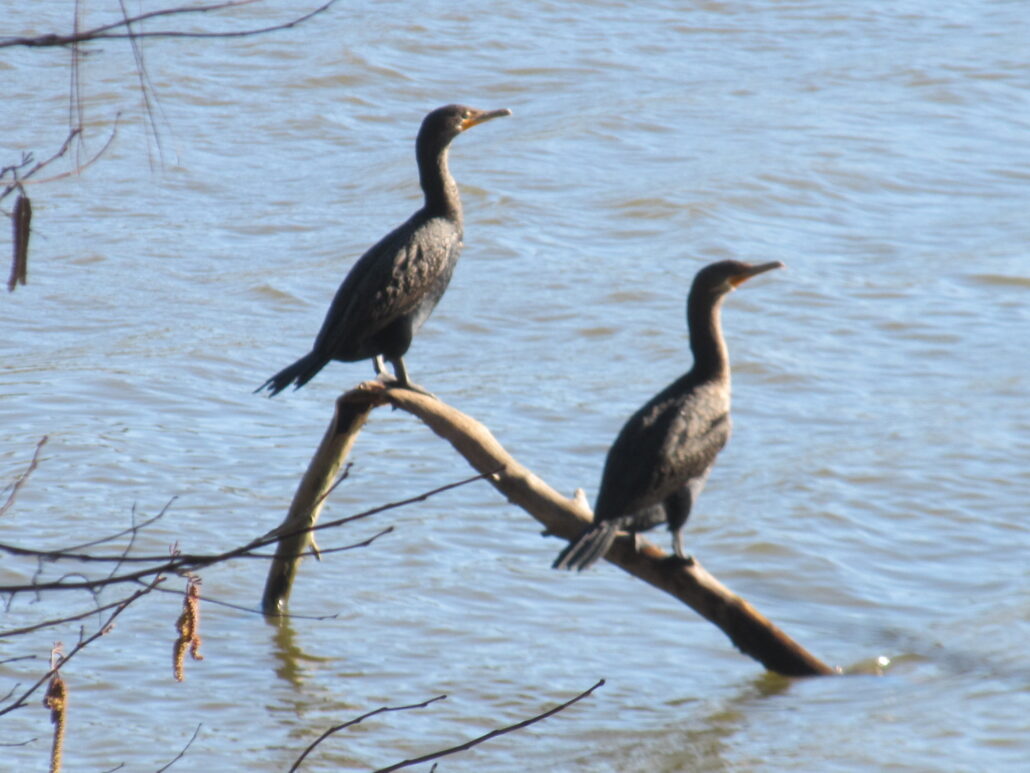
Over the years I have seen more and more of these large black birds appear on our area lakes and ponds.
Cormorants are fish eaters, are very sociable, and most often congregate on fish feeding stations or where fish are plentiful. They are especially thick on Lake Crabtree but are in large numbers at Bond Lake and Apex Lake, but there is a good bet you can find them at whatever lake or pond is nearest your home.
Distinguish them from ducks with their long snake-like head and neck and watch for them to dry out by extending their wings in the open air.
Hooded Mergansers
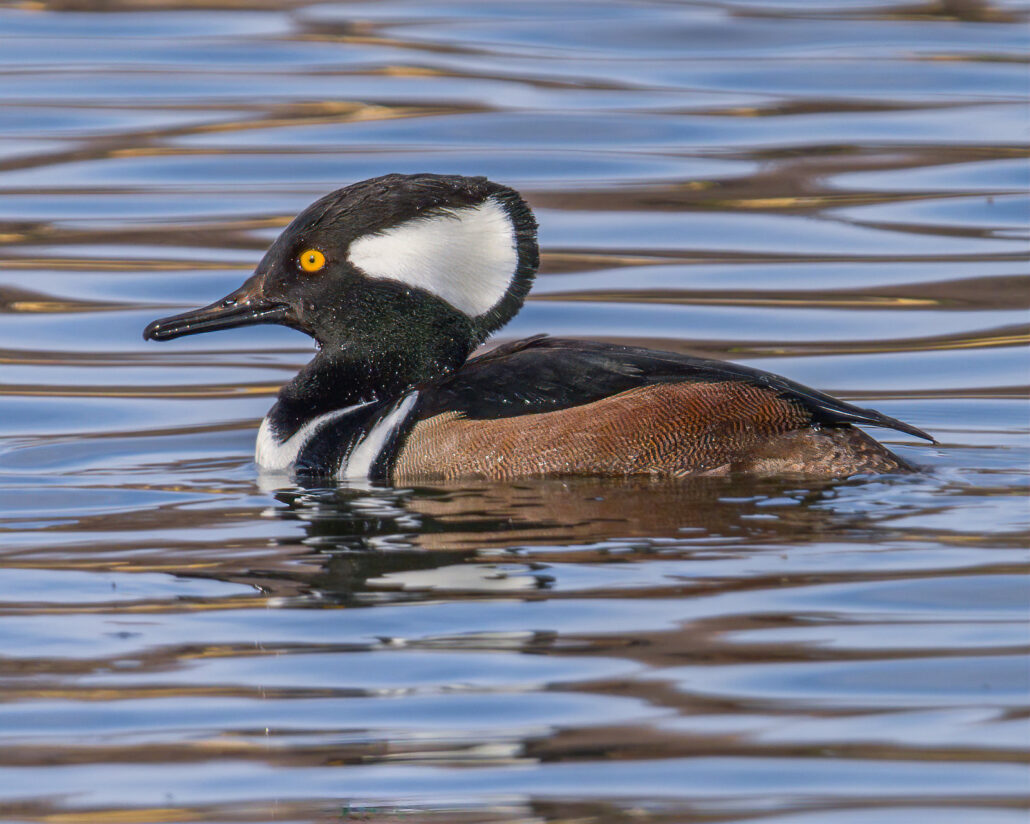
Hooded Mergansers are a type of diving duck that is surprisingly common in our area. They’re worth looking for being colorful and bearing distinctive crests on the head. Males have rustier-colored bodies and white spots on the head.
What you’re most likely to see is a single pair, probably on smaller ponds where they’re less visible and can monopolize a food source. I have seen them even on tiny storm-control ponds in neighborhoods.
To find them look at close-by water features and don’t give up if you don’t see them the first few times. Caution: mergansers are skittish and will not let you get close.
Bufflehead Ducks
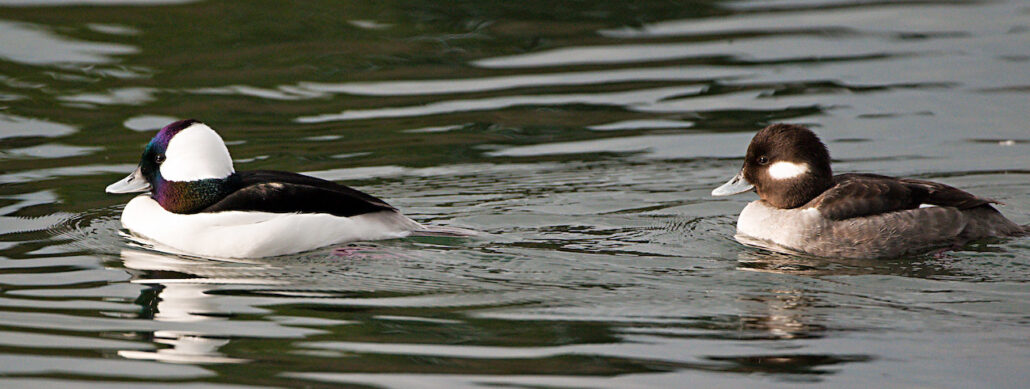
Buffleheads are delightful little diving ducks that migrate from northern Canada each winter. They aren’t extremely common, but I can count on seeing them regularly in the winter.
I most often see them on secluded small ponds in the Cary area such as Lake Lomond in Lochmere, Symphony Lake at Regency Park, and Yates Mill Pond, and it’s common only to see a pair or a few ducks at a time. The ducks are mostly black and white in coloration with the male a blaze of white on head and body. Don’t confuse them with the mergansers which also have bright white spots on the heads.
Buffleheads are extremely entertaining to watch as they dive for food, bobbing on the water like bathtub ducks!
Ruddy Ducks
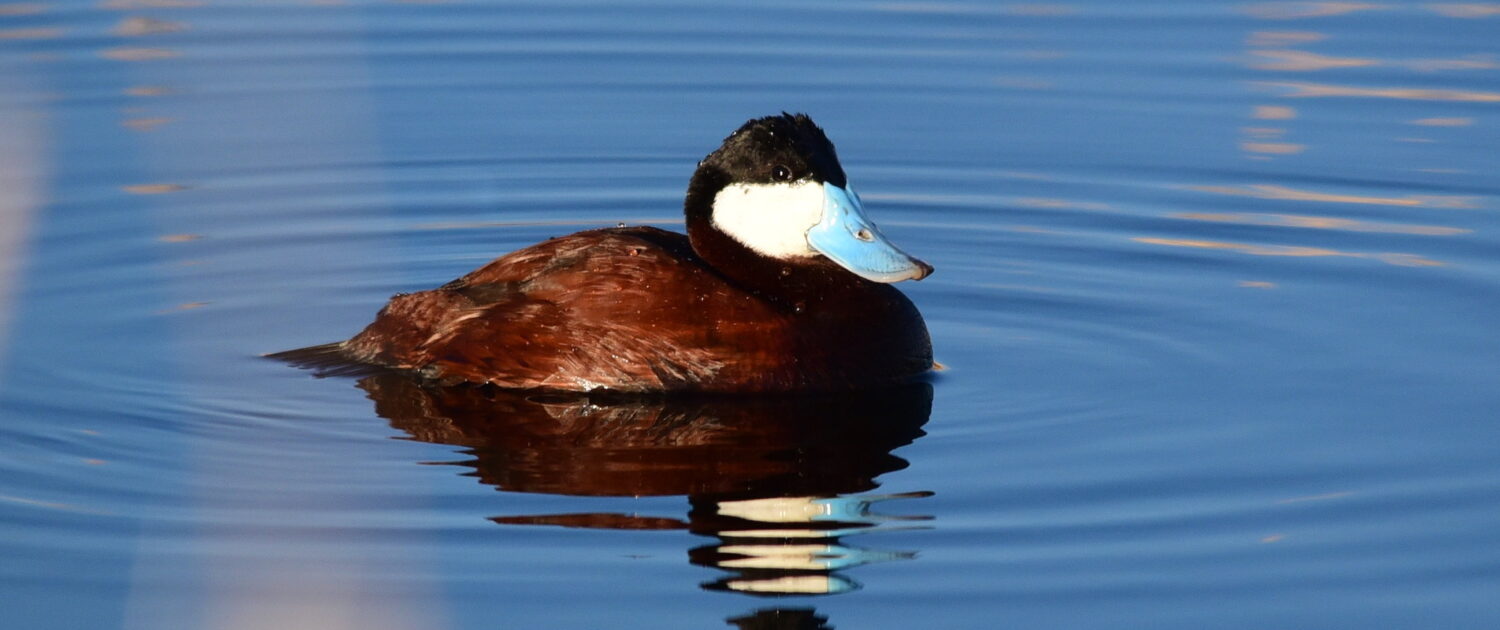
Ruddys are very common on lakes and ponds and are most often found (at least by me) floating serenely, in groups, perhaps asleep, away from shore.
Go out when it’s colder for the best chance to see them active and diving. They’re notable by their short, spiky tails. Like the mergansers and buffleheads, there are white cheek patches but the male’s bills are a bit blue. You will find them in many places. Symphony Lake is a very good place to look.
Yellow-Bellied Sapsuckers
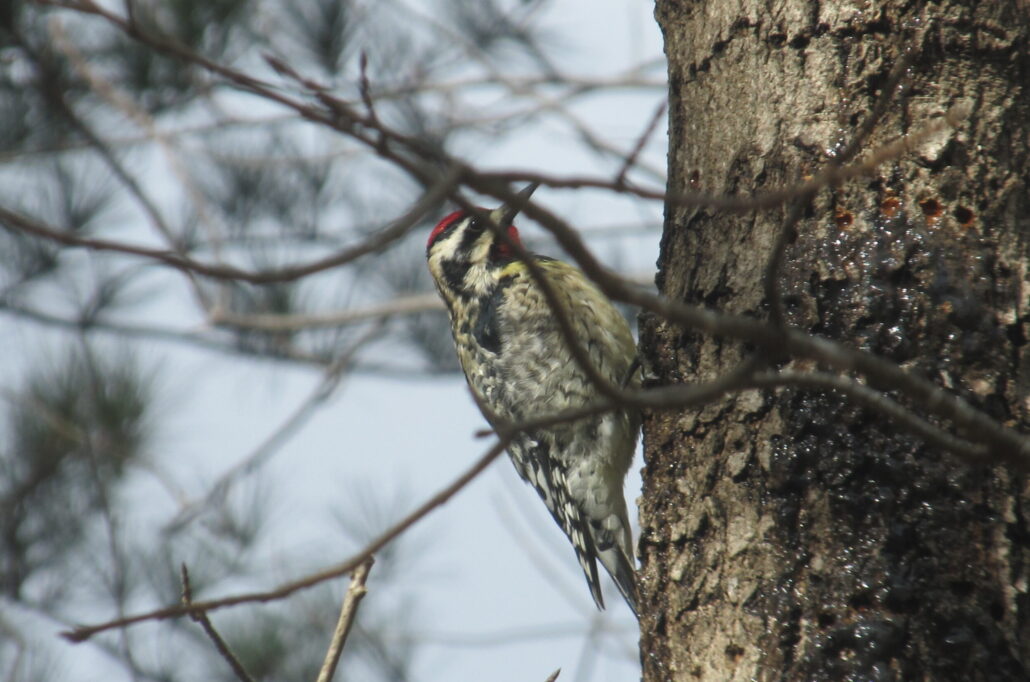
Our only winter woodpecker is the aptly named Yellow-Bellied Sapsucker. Compared to other woodpeckers you may see commonly their upper bellies are notably yellower. The Yellow-Bellieds are also a little more challenging to find as I don’t see them at suet feeders much at all.
If you visit parks or greenways with good coverage of pine trees and are persistent you should come across them on the trunks or branches of trees. The field marks I look for first are bright white wing patches, and males own a bright red throat patch.
Try listening for them: Yellow-Bellieds make a cry like a baby, I think.
White-Throated Sparrows
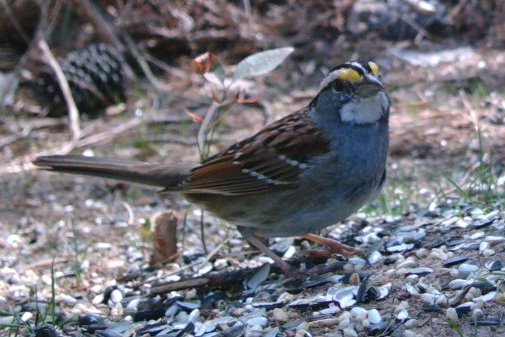
White Throateds are so easily overlooked and deserve our attention.
They’re almost certain to be in your neighborhood if not your backyard, in parks and greenways, and are fascinating to watch. These sparrows are almost always found on the ground, typically under trees and shrubs, scratching for food. They’re larger than other kinds of sparrows and have blazing white throat patches and a bit of yellow over the eyes.
You will be rewarded for listening for them as they have a cheery, whistly “Oh seeee” call (which broadens to an “Oh see Canada Canada Canada” song in the late winter). Your other reward is that they migrate quite late and will be around to brighten your days through much of the spring.
Ruby-Crowned Kinglets
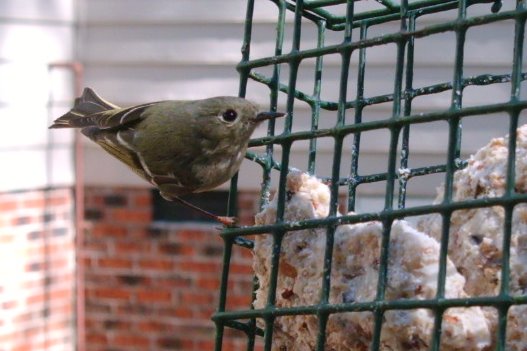
The biggest challenge of these six birds is the Kinglet because they’re small, fast-moving, fidgety and non-feeder dependent. You can attract them with suet and may have them unknowingly in your yard.
Look for what seem to be small goldfinches (in the same winter colors) and pay attention to the eyes and head. Ruby Crowneds will have a distinctive white ring around the eye. If the bird is irritated, it will flash a bright (but small) red patch on the top of the head. You’ll also notice that they hop from place to place (branches of trees, particularly) almost faster than you can keep up with them.
Try your luck at any reasonably sized park and you should have pretty good luck finding one.
Story by David Linquist. Photos by Lindquist, Shiva Shenoy, Sam May and Tom Koerner. See more Cary birds content on CaryCitizen.
All the Cary news for the informed Cary citizen. Subscribe by email.

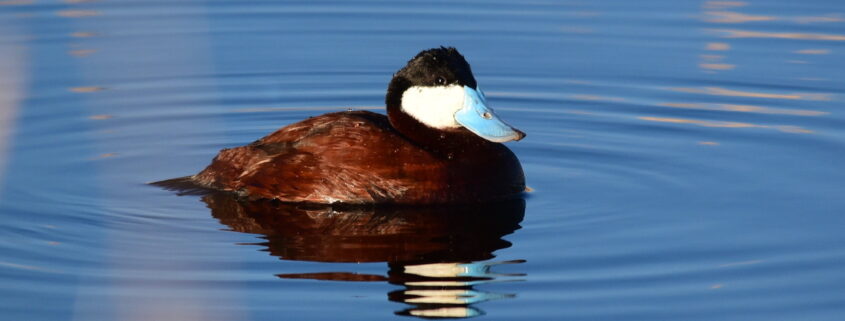


Love these features on birding in Cary!
This is a very nice article. i am awakened by the calls of a Barred Owl in our front yard. Last Chrismas we counted 20 different in our backy8ard. Birds are plentiful in Cary.
So informative. Thank you David.